
Facial hair plays a significant role in personal style and identity. Whether it’s a thick, full beard full, a neatly trimmed mustache, or perfectly shaped eyebrows, facial hair enhances your appearance and contributes to how you present yourself to the world. For many, facial hair is more than just hair—it’s an expression of masculinity, maturity, and individuality.
The Importance of Facial Hair in Modern Society
In recent years, there’s been a resurgence in the popularity of facial hair. Celebrities, influencers, and everyday people alike have embraced various styles of facial hair, turning it into a key element of personal grooming and fashion.
A full, well-groomed beard or a stylish mustache can be a powerful statement of personal style. However, not everyone is blessed with the ability to grow the facial hair they desire, leading many to explore options like facial hair transplants.
Common Facial Hair Challenges
While some men can grow thick, full beards with ease, others struggle with patchy facial hair due to genetic factors. Advancements in hair transplantation technology now offer solutions for men seeking to enhance their facial hair appearance. This can be frustrating, especially for new beard and when trying to achieve a specific look. Some of the most common challenges include:
Patchy Beard Growth: Inconsistent or uneven hair growth that leaves gaps in the beard.
Thin Mustaches: Sparse hair growth on the upper lip, making it difficult to style a mustache.
Sparse Eyebrows: Thin or missing eyebrow hair, often due to over-plucking, aging, or medical conditions.
Scarred Areas: Scars on the face that disrupt natural hair growth, leading to uneven patches.
Why Choose Hair Transplants for Facial Hair?
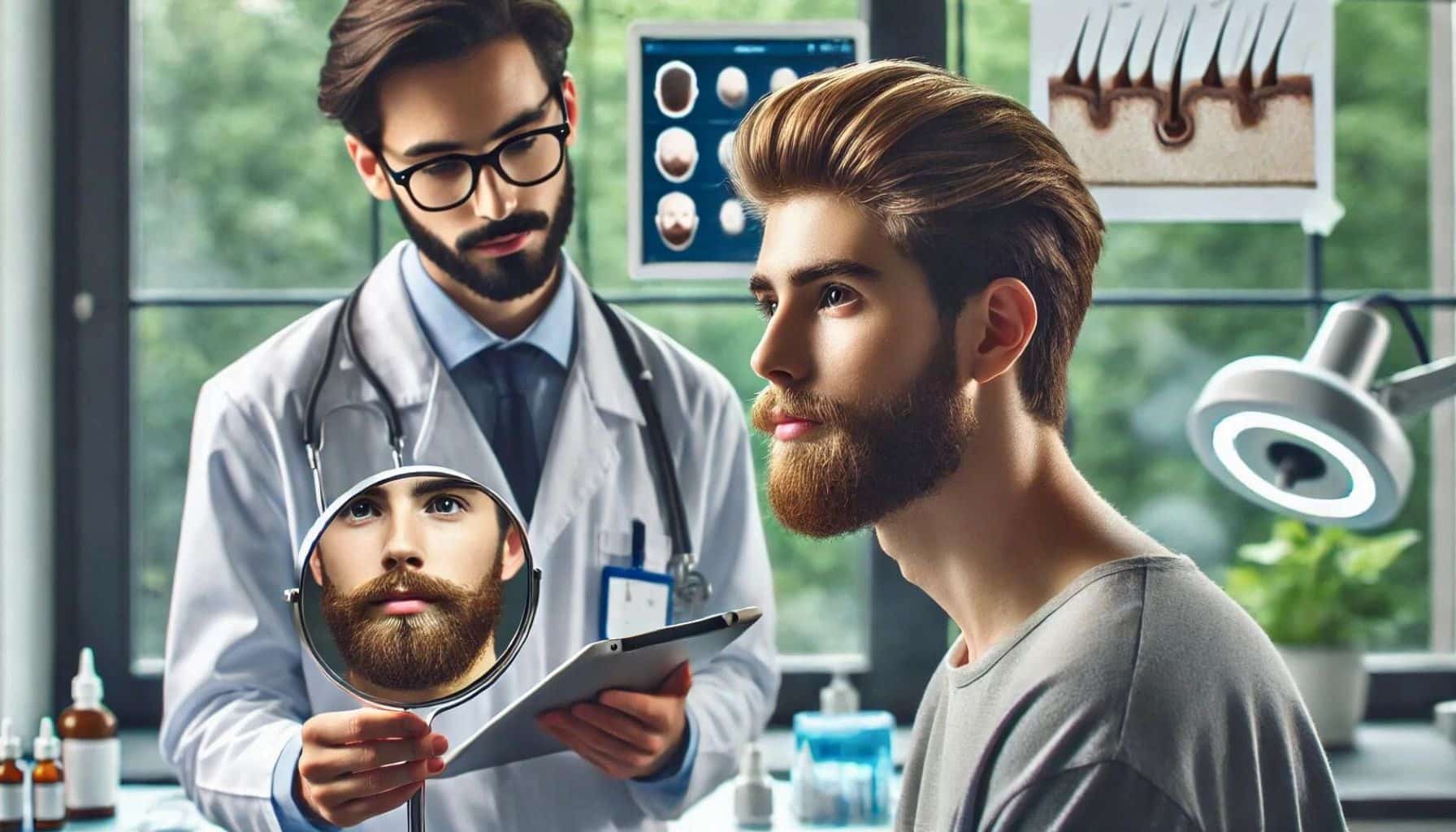
For those struggling with these challenges, hair transplants offer a permanent and natural-looking solution. Unlike temporary fixes such as makeup or topical treatments that need regular reapplication, hair transplants provide lasting results by encouraging real hair growth in areas where it was previously thin or absent. This makes hair transplants an ideal choice for anyone looking to enhance their facial hair permanently.
Advantages Over Other Solutions
When it comes to facial hair restoration, there are several options available, but hair transplants stand out for several reasons: Hair from the donor area at the back of the scalp is typically resistant to hair loss caused by male pattern baldness, ensuring satisfactory results for beard transplants.
Permanent Results: Unlike temporary solutions, hair transplants offer long-term results.
Natural Appearance: Transplanted hair looks and feels just like natural hair, blending seamlessly with existing facial hair.
Low Maintenance: Once the transplanted hair grows, it requires the same care as your natural facial hair—no need for special treatments or products.
How Do Hair Transplants Work?

The process of hair transplantation for facial hair is detailed and involves several steps to ensure the best possible outcome. Understanding these steps can help you feel more comfortable with the process.
Initial Consultation and Assessment
The first step in the facial hair transplant process is a consultation with a skilled and experienced hair restoration surgeon. During this consultation, the surgeon will evaluate your facial hair, discuss your goals, and determine the best approach to achieve the desired look. This personalized assessment is crucial for developing an effective treatment plan.
Harvesting Healthy Hair Follicles
Once the treatment plan is established, the next step involves harvesting healthy hair follicles from a donor area. Typically, the back of the scalp is used as the donor site because the hair in this region closely resembles facial hair in terms of texture and growth pattern. These healthy follicles are carefully extracted to ensure they are undamaged and ready for transplantation.
The Transplantation Process
After harvesting, the hair follicles are meticulously transplanted into the desired areas of the face. The surgeon will carefully place each follicle, paying close attention to the natural direction and density of the hair to achieve a realistic and natural-looking result. This step requires precision and expertise to ensure that the transplanted hair blends seamlessly with your existing facial hair.
The Science Behind Hair Transplants
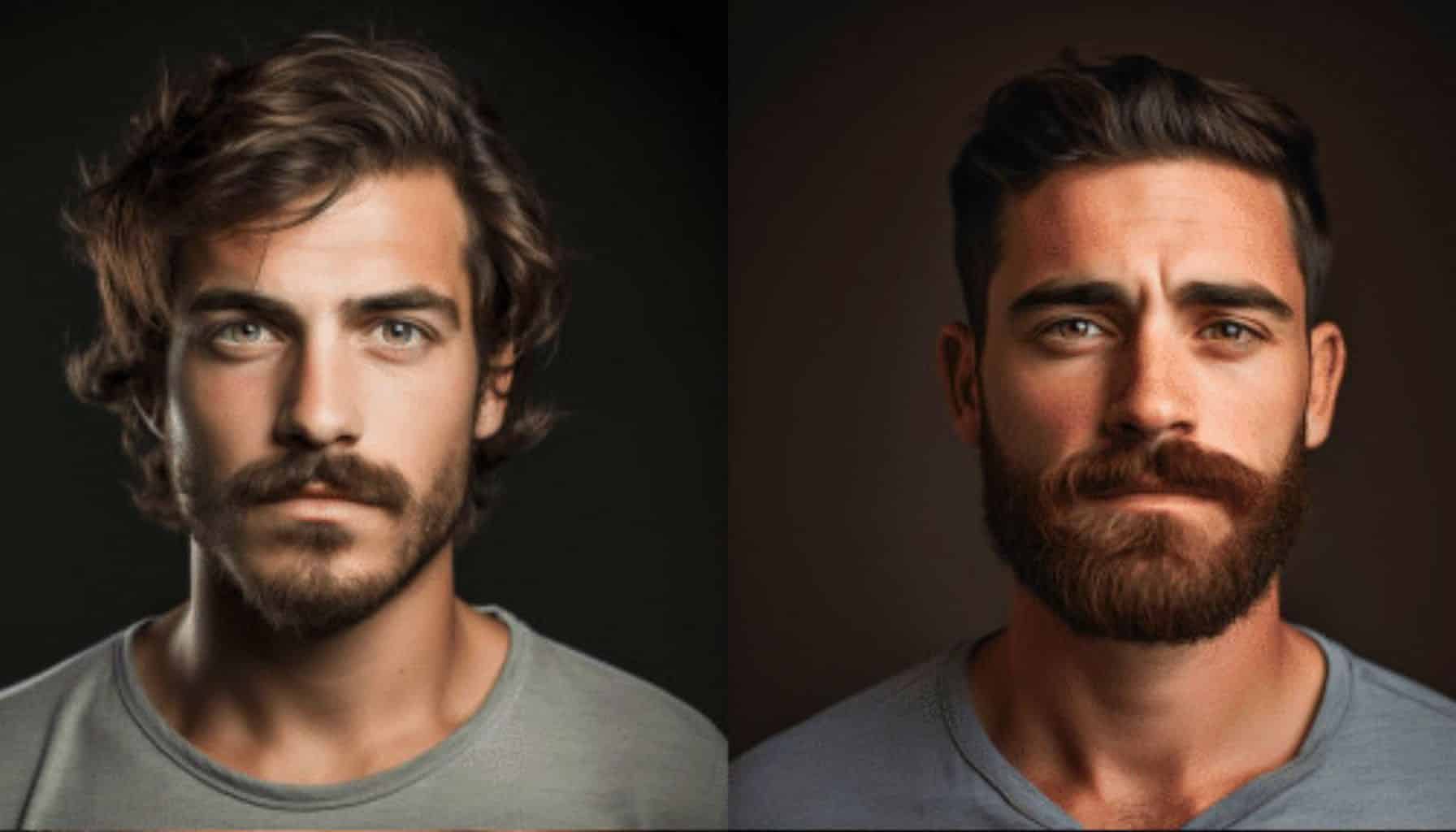
Hair transplants are based on the principle of “donor dominance,” which means that transplanted hair retains the characteristics of the donor site, including growth patterns and lifespan. This scientific principle ensures that the transplanted hair continues to grow naturally in its new location, providing lasting results.
Understanding Follicular Unit Extraction (FUE)
Follicular Unit Extraction (FUE) is one of the most popular methods used in hair transplants, particularly for facial hair. While FUE is favored for its minimally invasive nature, minimal scarring, and quick recovery time, the FUT beard transplant can leave a noticeable linear scar in the donor area, but the resulting facial site remains free of scars. This technique involves individually extracting hair follicles from the donor area and transplanting them to the target area.
Benefits of Follicular Unit Extraction
FUE offers several benefits over traditional hair and beard transplantation methods, including:
Minimal Scarring: FUE leaves tiny, almost invisible scars, making it ideal for facial hair restoration.
Quick Recovery: The minimally invasive nature of FUE allows for a faster recovery compared to other methods.
Natural Results: FUE provides natural-looking results that blend seamlessly with existing facial hair.
The Role of Donor Hair in Facial Hair Transplants
The success of a facial hair transplant largely depends on the quality of the donor hair. Donor hair must closely match the texture and characteristics of facial hair to ensure a natural appearance. This is why the back of the scalp is commonly used as the donor site—it offers hair that is thick and strong, similar to facial hair.
What to Expect During the Procedure
Understanding what to expect during the facial hair transplant procedure can help ease any anxiety and prepare you for the process. The procedure is typically performed under local anesthesia, so you’ll be awake but won’t feel any pain. The entire process can take several hours, depending on the number of hair grafts are being transplanted. Most patients report feeling comfortable throughout the procedure.
Post-Procedure Care and Recovery
After the procedure, it’s important to follow the post-operative care instructions provided by your surgeon to ensure the best possible results. You may experience some redness, swelling, or mild discomfort in the treated areas, but these symptoms usually subside within a few days. Your surgeon may recommend avoiding certain activities, such as shaving, for a few weeks to allow the transplanted follicles to take root and begin growing.
Long-Term Results: What to Expect
One of the key benefits of facial hair transplants is that the results are permanent. Once the transplanted hair follicles take root, they will continue to grow naturally, just like your existing facial hair. Over time, you’ll notice a significant improvement in the fullness and density of your facial hair, allowing you to achieve your desired look.
Myths and Misconceptions About Facial Hair Transplants
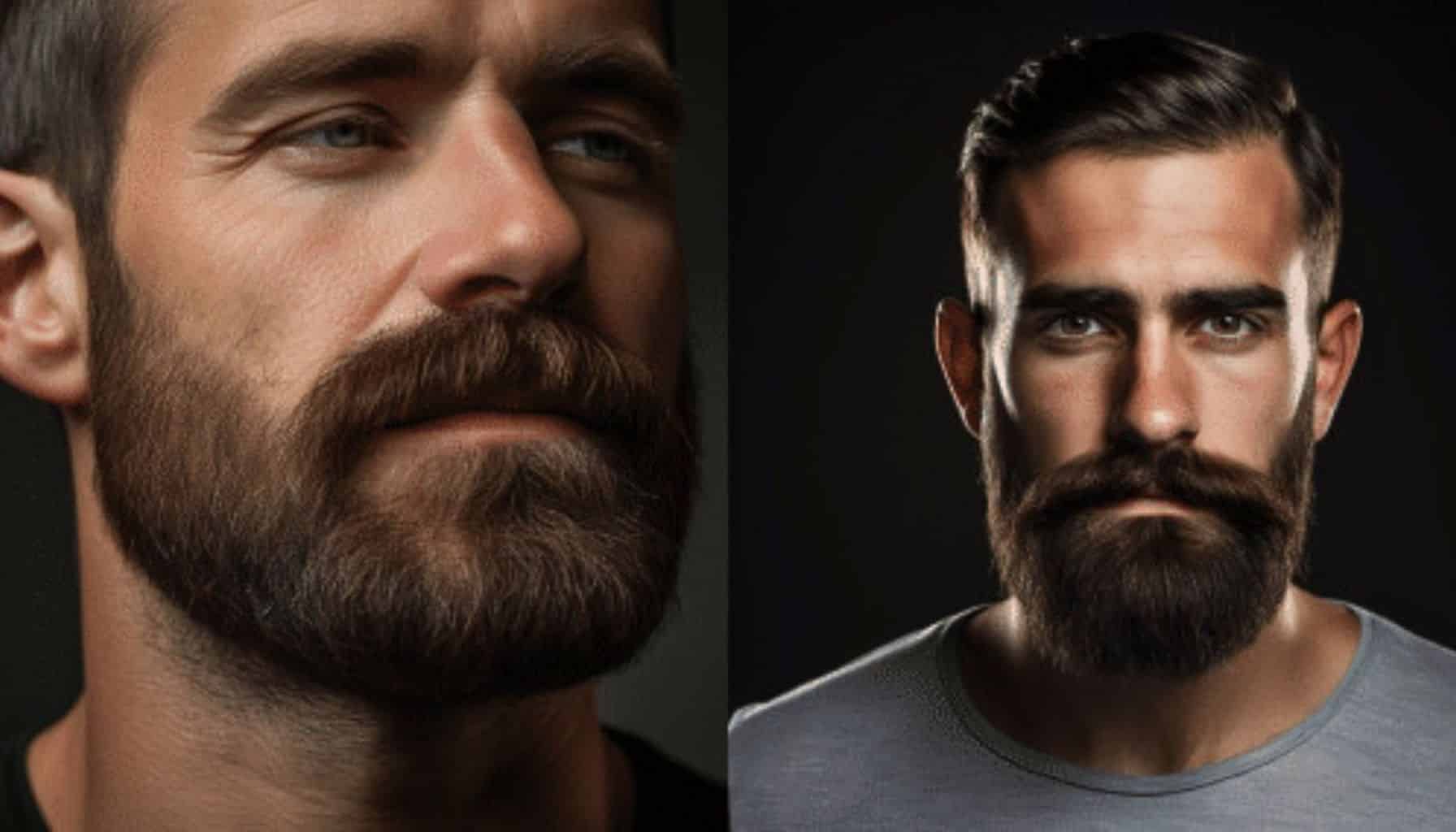
There are several myths and misconceptions surrounding facial hair transplants that may deter some individuals from considering this option. It’s important to address these myths to make informed decisions.
Myth 1: Facial Hair Transplants Are Painful
Many people believe that facial hair transplants are painful, but this is not the case. The procedure is performed under local anesthesia, so you won’t feel any pain during the process. Most patients report minimal discomfort during recovery.
Myth 2: The Results Look Unnatural
Another common misconception is that the results of a facial hair transplant will look unnatural. In reality, when a beard transplant is performed by a skilled and experienced surgeon, the transplanted hair blends seamlessly with your existing facial hair, creating a natural and authentic appearance.
Myth 3: Facial Hair Transplants Are Only for Beards
While facial hair transplants are often associated with beard restoration, they can be used to enhance other areas of the face as well. This includes mustaches, sideburns, and eyebrows. The versatility of facial hair transplants makes them an excellent option for anyone looking to improve their facial hair.
Who Is a Good Candidate for Facial Hair Transplants?
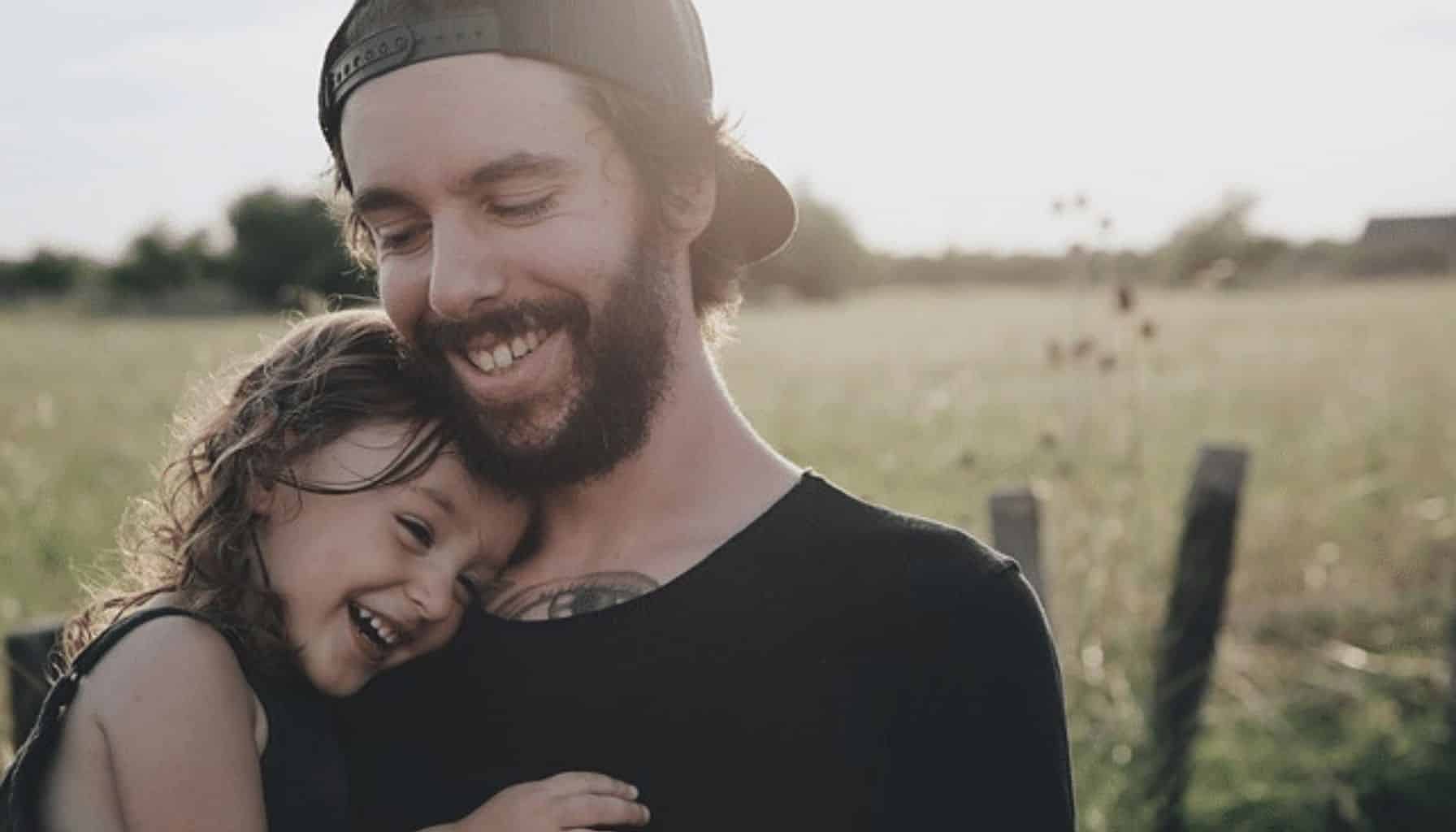
Facial hair transplants are suitable for a wide range of individuals. You may be a good beard hair transplant candidate if you:
Struggle with Patchy or Thin Facial Hair: If you have uneven or thin facial hair growth, a transplant can help fill in the gaps and create a fuller, more even appearance.
Have Scars or Skin Conditions: If you have scars or skin conditions that affect hair growth, a facial hair transplant can help restore hair to these areas.
Desire Fuller or More Defined Facial Hair: Whether you’re looking to enhance your beard, mustache, or eyebrows, a facial hair transplant can help you achieve your desired look.
Facial Hair Transplants and Self-Confidence
One of the most significant benefits of facial hair transplants is the boost in self-confidence that many patients experience. For men who struggle with patchy or thin facial hair, the ability to grow a full, thick beard or mustache can be life-changing. The transformation not only enhances their appearance but also improves their self-esteem and confidence in social and professional settings.
Real-World Success Stories
Hearing from individuals who have undergone facial hair transplants can be both inspiring and reassuring. Many have shared their journeys from struggling with patchy or thin facial hair to enjoying the full, styled beard or mustache they’ve always wanted. These success stories highlight the transformative power of facial hair transplants, showing how the procedure can boost confidence and enhance one’s overall appearance.
The Cost of Facial Hair Transplants
While the benefits of facial hair transplants are clear, it’s important to consider the cost of the procedure. The cost of beard transplants can vary depending on several factors, including the number of grafts required, the surgeon’s experience, and the clinic’s location. On average, facial hair transplants can range from $3,000 to $7,000. It’s important to consult with a qualified surgeon to get a personalized quote based on your specific needs.
Financing Options for Facial Hair Transplants
Understanding that the cost of a facial hair transplant can be a significant investment, many clinics offer financing options. These plans can make the procedure more affordable by allowing you to spread the cost over several months or years. Be sure to discuss financing options during your consultation to find a plan that works for your budget.
Comparing Facial Hair Transplants to Other Hair Restoration Techniques
While facial and scalp hair and transplants are an effective solution, they are not the only option available for hair restoration. Other techniques include:
Topical Treatments: While these can stimulate hair growth, they are temporary and require continuous use.
Micropigmentation: This technique involves tattooing tiny dots on the skin to mimic the appearance of hair. It is often used to enhance the look of thinning hair but doesn’t provide actual hair growth.
Hairpieces: Wigs or hairpieces can be used to cover areas of hair loss, but they require maintenance and don’t offer the same natural look as a transplant.
Choosing the Right Surgeon for Your Facial Hair Transplant
Selecting the right surgeon is one of the most critical factors in the success of your facial hair transplant surgery. Look for a surgeon who:
Has Extensive Experience in Hair Transplantation: Experience is key when it comes to achieving natural-looking results.
Is Board-Certified: Certification ensures that the surgeon has met the highest standards of training and expertise.
Has Positive Reviews and Testimonials: Reading reviews from previous patients can give you insight into the surgeon’s skill and patient satisfaction.
Preparing for Your Facial Hair Transplant

Preparation is an essential part of the facial hair transplant process. Your surgeon will provide you with specific instructions to follow before the procedure, which may include:
Avoiding Certain Medications: Some medications can increase the risk of bleeding, so you may be advised to stop taking them before the procedure.
Avoiding Alcohol and Smoking: Both can interfere with the healing process, so it’s best to avoid them in the weeks leading up to your transplant.
Arranging for Transportation: Since the procedure is performed under local anesthesia, you’ll need someone to drive you home afterward.
The Future of Facial Hair Transplants
As technology continues to advance, the field of beard hair transplant surgery and restoration is constantly evolving. New techniques and innovations are making facial hair transplants more effective and accessible than ever before. In the future, we can expect to see even more refined methods for harvesting and transplanting hair, leading to even better results for patients.
Embrace Your Desired Look
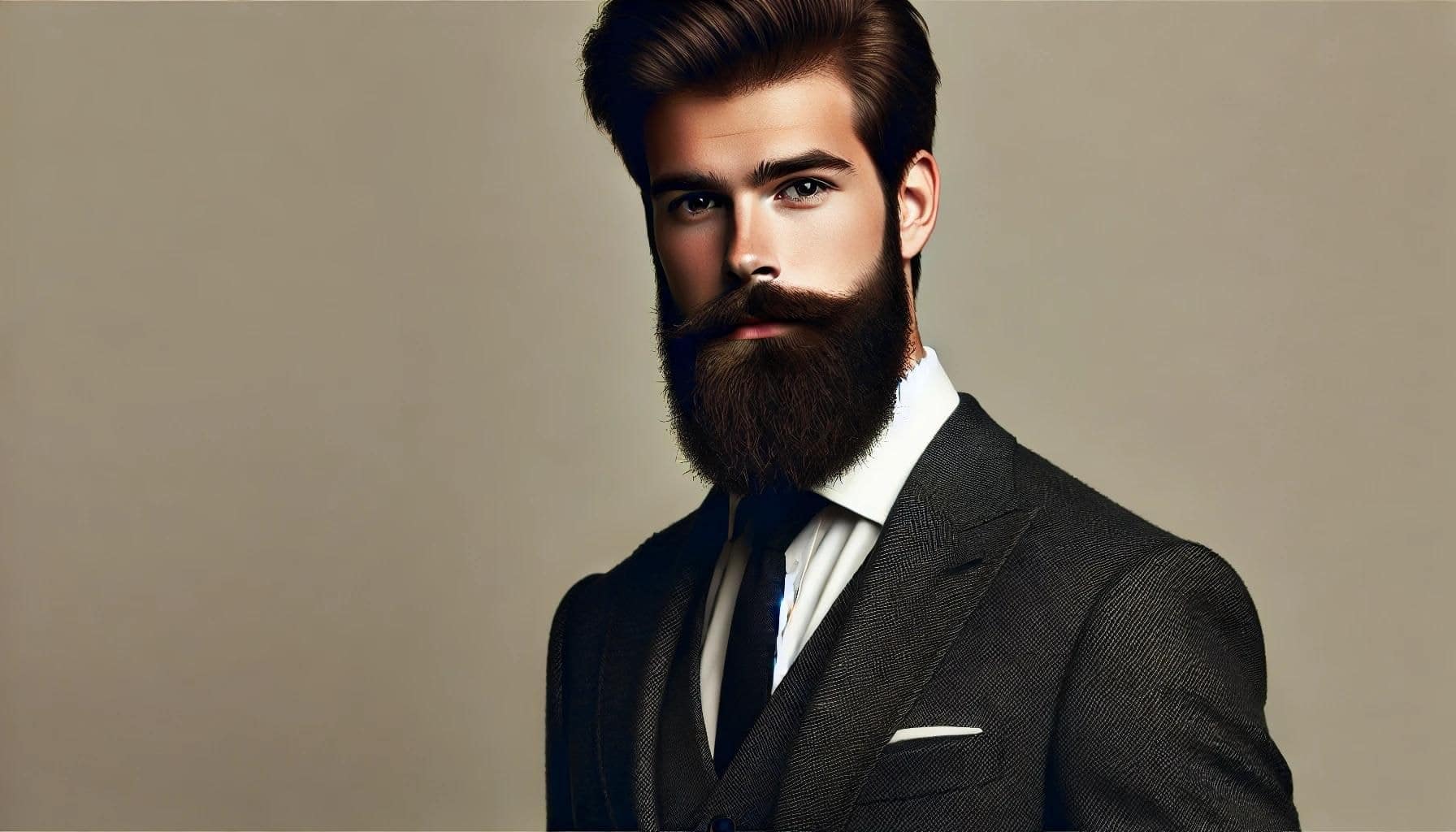
Facial hair transplants offer a reliable and effective solution for those seeking to enhance their facial hair. With the expertise of skilled surgeons and the precision of modern hair transplant techniques, you can achieve the look you desire and boost your confidence. Whether you’re looking for new hair to fill in a patchy beard, define your eyebrows, or enhance your mustache, a facial hair transplant can help you achieve your desired look and feel more confident in your appearance.
Ready To Transform Your Look
Thinking about a facial hair transplant to enhance your beard or mustache? Begin your journey with a consultation at our clinic, Best Hair Transplant. Located in the vibrant heart of Redondo Beach, Los Angeles, we specialize in providing personalized care with the latest in hair restoration techniques.
Whether you’re from the local area or traveling to see us, our convenient Los Angeles location makes it easy to get the expert care you need.
Address: Best Hair Transplant
1970 S Prospect Ave #2
Redondo Beach, CA 90277
Contact Us
Every facial hair restoration journey is unique, and we’re here to guide you through each step. If you have any questions or are ready to book your consultation, don’t hesitate to reach out:
Phone: (310) 281-6160
Book Online: hairtransplantslosangeles.com

